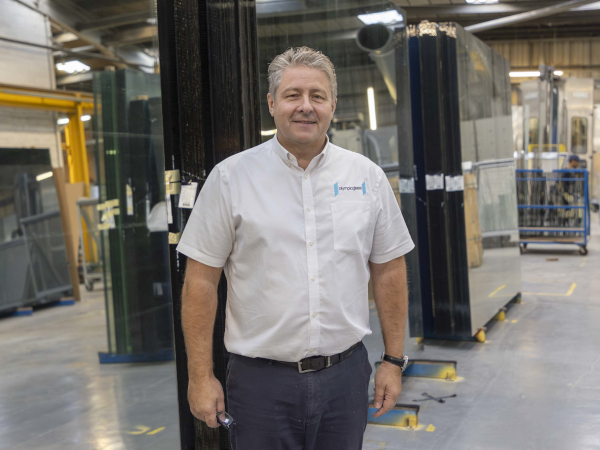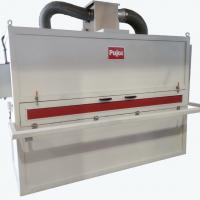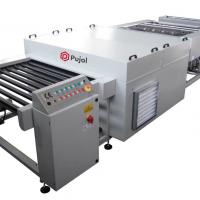Date: 3 April 2013
In other words, the penetration of UV-A light is almost entirely prevented by the PVB film. Shorter-wave UV light such as UV-B or UV-C of less than 320 nm is largely absorbed by the glass in any case. This effect is intended and can indeed be highly beneficial in terms of protecting the skin and preventing skin cancer.
However, many terrestrial and aquatic organisms need the ultraviolet spectrum of sunlight invisible to the human eye. Honey-bees and bumble-bees can see within the UV range and thus find their way to the centre of flowers whose parts appear indistinguishable to humans. Very short-wave UV light kills pathogens. This phenomenon is exploited in zoos, for instance, where quarantine wards are equipped with UV light. Birds need UV light for orientation.
.jpg)
Click to enlarge.
For several years now, Kuraray Europe GmbH (KEG) has been noting growing demand for UV-permeable glass solutions. In these special applications, UV-permeability and safety are both highly important. Thanks to the transfer of knowledge from the photovoltaic product range of KEG’s TROSIFOL brand, it has succeeded in developing a film for architectural glazing that satisfies these requirements and admits the entire natural spectrum of solar radiation.
Sales staff is therefore currently looking closely at possible applications with botanists and users in the life science and health sectors.
Thanks to the well-known long service life of laminated safety glass containing TROSIFOL PVB films, this highly transparent film with its outstanding UV transmittance fills a gap in the range of unusual architectural applications. PVB as a non-curing thermoplastic has outstanding optical properties and displays excellent and lastingly high adhesion to glass. It is also distinguished by impressive impact-resistance, exceptional UV- and weather-resistance and excellent resistance to other environmental influences.
TROSIFOL UV+ can be stored and remains serviceable for up to four years, exhibiting reproducible behaviour in all conventional lamination processes.
Further technical details can be found in the current product brochure.




























Add new comment